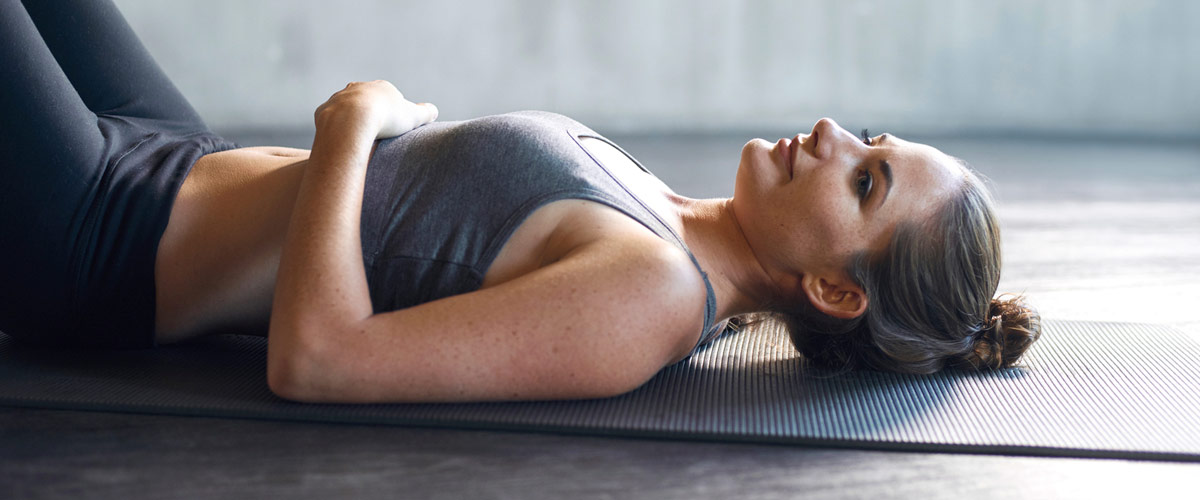Many collegiate athletes and fitness fanatics are used to double training sessions once a day, multiple times a week. When working out twice a day there is more room for injury, overuse, and burning yourself out.
Reasons to Double Up on Workouts
Typically two-a-days will pay off if you are working to beat a PR in an upcoming race, or you are working towards a goal and want to diversify your workouts. Double workouts can be very effective for triathletes, as they have to compete in three different sports – swimming, cycling, and running.
If you are someone who does not have a race, event, or end goal, double workouts are difficult to sustain for a long period of time. Some people look to double workouts so they can burn off more calories during the day and lose weight faster, the only problem with this is being able to consistently do this without burning yourself out. It is very important to break up your sessions intelligently so you target different areas of your body and are able to get the most out of both workouts.
Risks
Even top athletes in the world need to be careful of overdoing double workouts. Many coaches and fitness experts recommend double workouts no more than three times per week. More than this recommended amount increases the risk of overtraining, burnout, and injuries.
Types of Beneficial Double Workouts
If you are dead set on incorporating double workouts into your routine make sure you keep it diverse. Typically you will have one harder workout during the day and balance it out with a lower impact activity. For example if you go on a long hard run in the morning, a warm down swim, or yoga session in the afternoon will help stretch your body out.
If you are someone who likes to lift weights you could lift in the afternoon while doing cardio in the morning. Lifting weights both in the morning and afternoon can be beneficial if done correctly. Most commonly known as a ‘double split routine’ weightlifters will divide their weight-training workout into two sessions per day. Some people prefer this type of workout because they feel as though they can put more mental and physical energy into shorter workouts, resulting in improved results.
Easy or Hard first?
It all depends on what you prefer, but I personally like to get the harder workout out of the way first. It can be mentally easier for you to get through a hard workout in the morning knowing that you have an easier recovery workout later in the afternoon. Sometimes if you do the easier session first you overdo it, and then do not put in as much effort as you could in your second session
With that being said, double workouts should be used sparingly unless you are currently an athlete training for a specific goal. Double workouts can be an effective way to get some more sessions in, and give yourself a challenge, while allowing your body time to recover. Make sure you perform these sessions safely and recognize the fact that you may be more tired during your second session so you should be more aware of keeping perfect form throughout each exercise. Try to incorporate one rest day every week as well for recovery.




